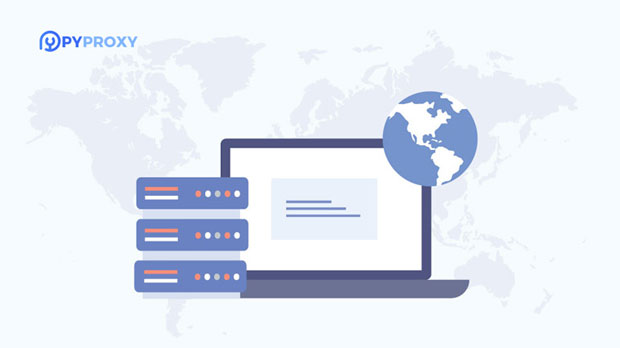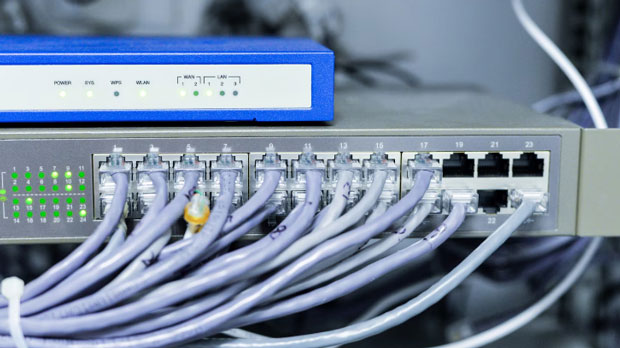In today's globalized market, foreign trade businesses are increasingly relying on secure and efficient ways to manage cross-border transactions, protect sensitive data, and access foreign resources. socks5 proxies have emerged as a versatile tool in this regard. They provide an extra layer of privacy and security by masking the user's IP address while allowing them to establish a connection with international websites and services. Understanding how to effectively use SOCKS5 proxies can provide significant advantages in improving the efficiency of foreign trade operations, bypassing geographical restrictions, and ensuring smooth communication with international clients. This article will discuss the practical use of SOCKS5 proxies in foreign trade, exploring their functionality, benefits, and best practices for optimal application. Understanding SOCKS5 ProxiesBefore diving into the specific applications of SOCKS5 proxies in foreign trade, it is important to understand what SOCKS5 proxies are and how they work. SOCKS5 (Socket Secure version 5) is an advanced version of the SOCKS protocol, designed to offer a more flexible and secure method for routing traffic through a proxy server. Unlike traditional HTTP proxies, SOCKS5 does not modify the data packet contents and can handle any type of traffic, including HTTP, FTP, and more. This makes it an ideal solution for foreign trade businesses that need to connect to multiple online platforms and services without worrying about security vulnerabilities.A socks5 proxy works by acting as an intermediary between the user’s device and the target website or service. When the user sends a request, it is first routed through the socks5 proxy server, which then connects to the destination on behalf of the user. The destination server only sees the IP address of the proxy server, not the user's actual IP address, providing a layer of anonymity and security.Why Use SOCKS5 Proxies for Foreign Trade?The use of SOCKS5 proxies in foreign trade offers several significant advantages. The most important reasons include:1. Enhanced Privacy and Security In foreign trade, businesses often deal with sensitive information, including financial data, client details, and trade secrets. SOCKS5 proxies help protect this information by masking the IP address, making it harder for hackers or unauthorized entities to track online activities or access confidential data.2. Access to Geo-Restricted Content Many online services, marketplaces, and trade platforms impose geographical restrictions, limiting access to users from certain countries. SOCKS5 proxies allow businesses to bypass these restrictions by providing a local IP address from the country where the desired content is available, enabling access to valuable foreign markets and resources.3. Faster and More Stable Connections Using a reliable SOCKS5 proxy can improve the stability and speed of internet connections, particularly when accessing international servers. This is crucial for foreign trade businesses that rely on timely communication, quick access to market data, and seamless online transactions.4. Multiple Protocol Support Unlike HTTP proxies, SOCKS5 proxies can support various types of internet protocols, including FTP, POP3, and SMTP. This is especially useful for foreign trade businesses that need to handle a diverse range of communication channels and protocols.How to Use SOCKS5 Proxies Effectively in Foreign Trade?Now that we understand the benefits of SOCKS5 proxies, let's explore how foreign trade businesses can use them effectively in their daily operations.1. Setting Up SOCKS5 Proxy on Your DeviceThe first step in using a SOCKS5 proxy for foreign trade is setting it up on your device or network. This typically involves configuring the proxy settings on your browser or internet-connected applications. Most SOCKS5 proxies require a username and password for authentication, so it is important to securely store these credentials.After the proxy is set up, all of your online requests will pass through the SOCKS5 proxy server, ensuring that your IP address is hidden and your data is protected.2. Accessing International Marketplaces and PlatformsForeign trade businesses often need to access international e-commerce platforms, market research websites, or logistics services that may be geo-restricted. SOCKS5 proxies can help businesses navigate these barriers by making it appear as if they are accessing the web from a specific country. For example, businesses in Asia looking to access American trade platforms can use a SOCKS5 proxy with a U.S. IP address to appear as local users, gaining unrestricted access to the platform.3. Enhancing Communication with International ClientsEffective communication with clients is crucial for foreign trade businesses. SOCKS5 proxies can help improve this by ensuring secure and stable connections when using communication tools such as email, instant messaging, and video conferencing. The added layer of privacy prevents potential surveillance or data breaches, ensuring that sensitive negotiations and discussions remain confidential.4. Protecting Payment Information and TransactionsOnline transactions in foreign trade often involve the exchange of significant amounts of money. It is essential to protect these transactions from potential threats, such as fraud or unauthorized access. SOCKS5 proxies help by adding an additional layer of security, ensuring that payment information is routed through secure channels, reducing the risk of interception by malicious parties.5. Automating Tasks and Scraping Market DataForeign trade businesses often rely on automated tools for tasks such as market data scraping, competitor analysis, and product sourcing. SOCKS5 proxies are particularly useful in these cases because they allow businesses to mask their identity and avoid detection while running automated scripts. This can prevent their activities from being blocked by websites or triggering anti-bot mechanisms.Best Practices for Using SOCKS5 Proxies in Foreign TradeTo ensure the optimal use of SOCKS5 proxies in foreign trade, consider the following best practices:1. Use High-Quality, Reliable Proxies The effectiveness of a SOCKS5 proxy is directly tied to its reliability and performance. Choose proxies that offer fast connection speeds, high uptime, and strong security features to avoid interruptions in your business activities.2. Rotate Proxies Regularly To maintain anonymity and avoid being flagged as suspicious by websites or services, regularly rotate your SOCKS5 proxies. This will help distribute your online requests across multiple IP addresses, reducing the likelihood of being blocked.3. Monitor Proxy Usage and Performance It is important to track the performance of your SOCKS5 proxies and ensure that they are functioning correctly. Regular monitoring will help identify any issues, such as slow speeds or connection failures, that may impact your foreign trade operations.4. Stay Compliant with Regulations When using SOCKS5 proxies to access international markets or platforms, ensure that your activities comply with local laws and regulations. Some countries may have restrictions on the use of proxies or online privacy tools, so it is important to stay informed and avoid violating any legal requirements.ConclusionSOCKS5 proxies are a powerful tool for foreign trade businesses, offering enhanced privacy, security, and access to international markets. By using SOCKS5 proxies effectively, businesses can protect sensitive data, bypass geo-restrictions, and streamline communication with clients and partners worldwide. Following best practices for setup, usage, and monitoring can help ensure that the benefits of SOCKS5 proxies are fully realized in the competitive world of foreign trade.
Jan 30, 2025





























































